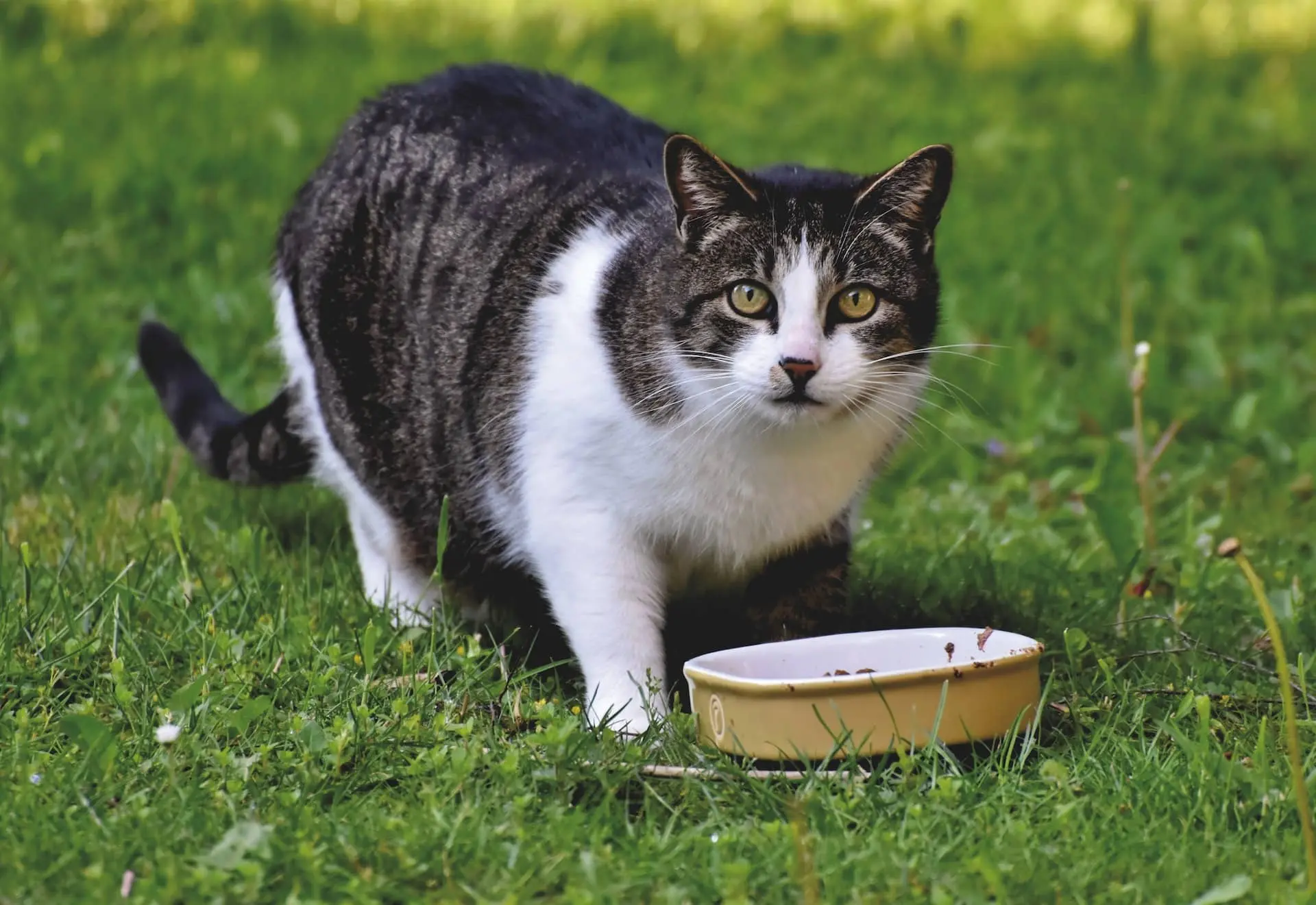How to Warm Up Wet Cat Food?
As cat owners, we all want to provide the best care for our feline friends. One often overlooked aspect of cat feeding is the temperature of their food.
While it may seem like a small detail, serving warm cat food can make a big difference in your cat’s dining experience.
In this comprehensive guide, we’ll explore the importance of warming up wet cat food, share safety precautions, and provide step-by-step instructions on how to warm it up correctly.
Why Warm Cat Food Matters?
1. Cats’ Natural Preference
Cats are known for their discerning taste and heightened senses. In the wild, they would naturally seek out warm prey. By serving warm cat food, you tap into their instinctual preferences, making mealtime more enjoyable for them.
2. Enhancing Aroma and Flavor
Warming up wet cat food helps release the enticing aroma, making it more appetizing to your cat. The enhanced scent can stimulate their appetite, especially if they have been finicky eaters.
3. Promoting Digestion and Appetite
Just like humans, cats can be sensitive to temperature. Cold food may not be as easily digested, while warm food can be more gentle on their digestive system.
Additionally, warming up the food can entice cats with reduced appetites or those recovering from illness to eat more.
Step-by-Step Guide to Warming Up Wet Cat Food
1. Portioning the Food
Measure out the desired amount of wet cat food you want to warm up and transfer it to a microwave-safe dish or a small saucepan.
2. Microwave Heating Method
- Cover the dish with a microwave-safe lid or plastic wrap with a vent.
- Heat the cat food on low power or using the defrost setting.
- Start with 10 to 15 seconds and check the temperature.
- Stir the food to distribute the heat evenly.
- Repeat in short intervals until the desired temperature is reached, being careful not to overheat.
3. Stovetop Heating Method
- Place the cat food in a small saucepan over low heat.
- Stir the food continuously to prevent sticking or burning.
- Heat the food gently until it reaches the desired temperature.
4. Consider the Manufacturer’s Instructions
Some cat food brands may provide specific guidelines for warming up their products. Follow their instructions if available.
Safety Precautions
While warming up cat food is beneficial, it’s crucial to prioritize safety to avoid any harm to your cat:
1. Caution Against Overheating
It’s important not to overheat the cat food as it can create hot spots that may burn your cat’s mouth. Exercise caution and use short intervals when warming up the food.
2. Testing the Temperature
Always check the food’s temperature before serving it to your cat. Use the back of your hand or a spoon to ensure it’s warm but not hot.
3. Microwave Use
Some cat food containers may not be microwave-safe. Follow the manufacturer’s instructions or transfer the food to a microwave-safe dish or small saucepan for heating.
4. Proper Storage and Discarding
Refrigerate any leftover cat food promptly in a sealed container. Discard any uneaten food after a reasonable amount of time to ensure freshness and prevent bacterial growth.
Catering to Individual Cats Preferences and Situations
1. Adjusting Warming Time
Observe your cat’s preference for warm food. Some cats may prefer it slightly warmer, while others may prefer a more moderate temperature. Tailor the warming time accordingly.
2. Multiple Cats with Different Preferences
If you have multiple cats with varying preferences, consider warming individual portions separately to cater to each cat’s taste.
3. Special Considerations for Kittens or Senior Cats
Kittens and senior cats may have specific dietary needs. Consult your veterinarian to ensure the appropriate temperature and consistency for their food.
Benefits of Warming Up Wet Cat Food
1. Encouraging Picky Eaters
Warm cat food can entice picky eaters and encourage them to consume their meals more eagerly.
2. Assisting Cats with Dental Problems or Sensitivity
Warming up the food can soften it, making it easier for cats with dental issues or sensitivity to chew and enjoy their meals.
3. Transitioning from Dry to Wet Food
If you’re transitioning your cat from dry to wet food, warming up the wet food can help make the transition more seamless and appealing.
Tips for Enhancing the Mealtime Experience
- Adding Warm Water or Broth: Consider adding a small amount of warm water or low-sodium broth to the cat food to enhance the aroma and make it more enticing.
- Using Slow Feeders or Puzzle Toys: For mental stimulation and slower eating, try using slow feeders or puzzle toys designed for cats. These can make mealtime more engaging and rewarding.
- Establishing a Consistent Feeding Routine: Cats thrive on routine. Establish a consistent feeding schedule to create a sense of security and anticipation during mealtime.
Conclusion
By understanding the importance of warming up wet cat food and following the appropriate techniques, you can elevate your cat’s dining experience and ensure their satisfaction at every meal.
Remember, a happy cat is a healthy cat. Prioritize their needs, provide warmth, and savor the joy of seeing your feline friend eagerly devour their meals.
With this ultimate guide, you’re now equipped to create a delightful mealtime experience for your beloved feline companion.

